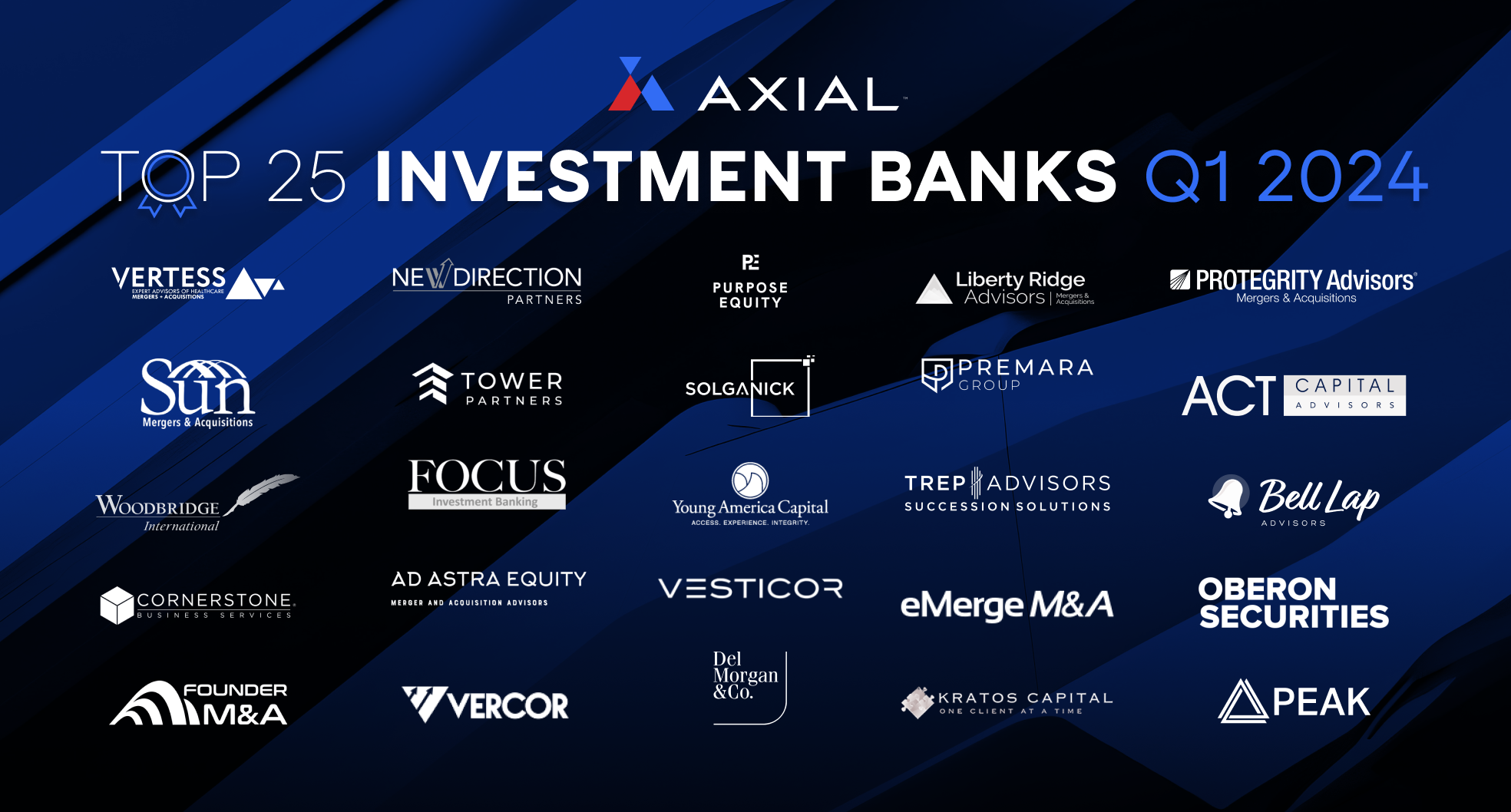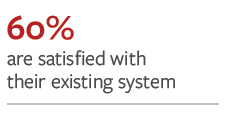
Top 25 Lower Middle Market Investment Banks | Q1 2024
Axial is excited to release our Q1 2024 Lower Middle Market Investment Banking League Tables. To assemble this list, we…
Tags
Today’s investment professionals are relying on technology more than ever to help manage the increasing amount of information streaming in from distinct sources. Investment opportunities, referral sources, CIMs, limited partners, NDAs, portfolio company reports, financing sources, industry contacts – the list only continues to expand.
We recently conducted a survey of dozens of private equity professionals, investment bankers, and other business executives to better understand how they use technology to keep organized, automate mundane tasks, and hold members of their team accountable.

About two-thirds of those surveyed use a Customer Relationship Management (CRM) system – one of the most common data management solutions. Their usage is often very frequent with over 70% of those that use a CRM accessing the system multiple times throughout the day.
Salesforce was the dominant platform with about one-third of respondents confirming the usage. Interesting was the large diversity in platforms that firms use. Over 15 different platforms were noted in the survey including DealCloud, Microsoft CRM, SugarSync, ACT!, and Podio.
For the one-third that currently don’t use a CRM, the number one reason cited for not using a system was the lack of knowledge to make a buying decision. Only 15% of nonusers said they didn’t believe the value exceeded the cost.
Firms spend a considerable amount of money on systems with per user per month fees ranging from $10 to $300. The broad range had considerable correlation to CRM brand.
 And even with all of that cost, only about 60% of respondents said they were satisfied with their existing system. User satisfaction had correlation to several factors, but most significant was the ease of the original implementation.
And even with all of that cost, only about 60% of respondents said they were satisfied with their existing system. User satisfaction had correlation to several factors, but most significant was the ease of the original implementation.
Regarding ease of implementation, about half of those surveyed had little difficulty while the other half had tremendous difficulty. There was little correlation between difficulty of implementation and the brand of CRM which was an interesting result. Instead implementation was most negatively impacted by the following three factors:
 Unsurprisingly, less than 35% of those surveyed that experienced a poor CRM implementation were currently satisfied with their system post-implementation.
Unsurprisingly, less than 35% of those surveyed that experienced a poor CRM implementation were currently satisfied with their system post-implementation.
When participants were asked what they would change about their current system the responses were broad. Many cited the desire for better reporting, more integration with other systems, more automation around frequent activities, and a better mobile experience.
When asked what advice they’d give those currently exploring CRM options the responses were insightful:
Read Part 2 of this post: 7 Tips for Successful CRM Implementation >
